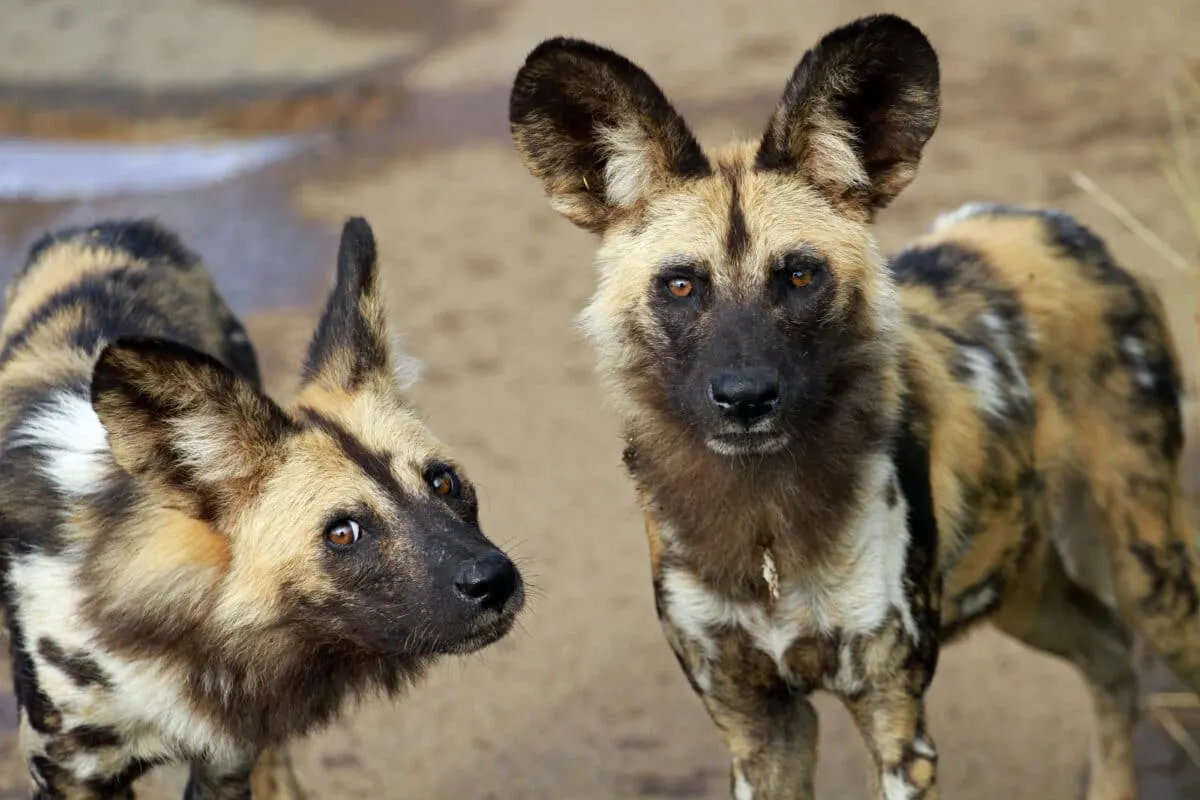Regarding the animal kingdom, nature has endowed several creatures with unique traits and skills that enable them to survive in their habitats. Two animals that stand out in this regard are the gorilla and the Cape hunting dog.
These two animals have different physical and behavioral characteristics that make them unique. This article will examine the similarities and differences between these two animals.
Comparing gorillas and Cape hunting dogs is important in several respects. These animals are both apex predators in their respective environments. Additionally, gorillas and Cape hunting dogs have complex social systems and communication methods worth exploring.
Furthermore, this article would compare these species’ physical traits, behavior, and ecology. In turn, these facts can provide valuable insights into how different animals adapt and thrive in their environment.
Moreover, understanding the similarities and differences between gorillas and Cape hunting dogs can help us better appreciate our planet’s diverse array of life.
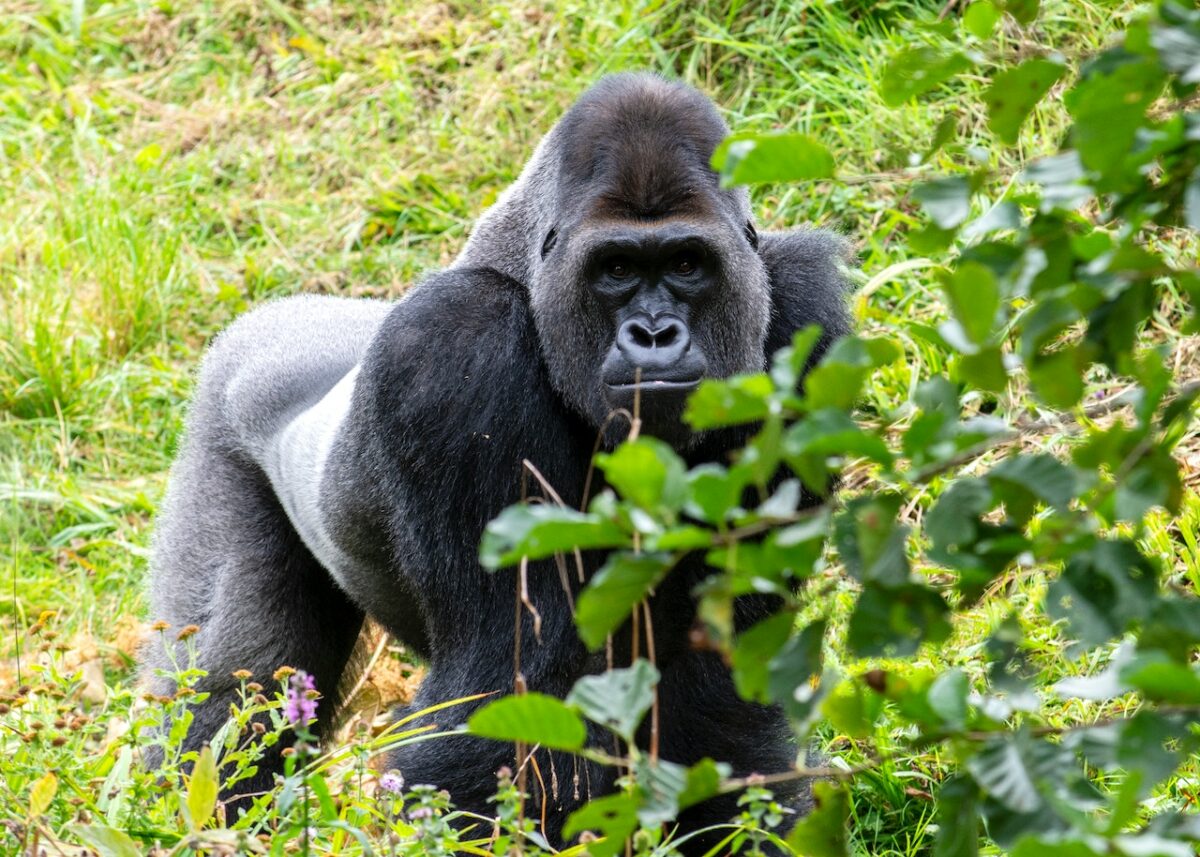
Skip ahead to any section below.
Comparison Table
| Feature | Gorillas | Cape Hunting Dogs |
| Classification | Primate | Mammal |
| Habitat | Dense forests of Central and East Africa | Southern and Eastern Africa |
| Social behavior | Live in family groups led by a dominant silverback male | Live in packs led by a dominant male and female |
| Diet | Herbivorous, primarily eating leaves, shoots, and fruits | Carnivorous, primarily eating antelopes, gazelles, and other small mammals |
| Endangered status | Endangered due to habitat loss, poaching, and disease | Endangered due to habitat loss, hunting, and human-wildlife conflict |
Physical Characteristics
Gorilla
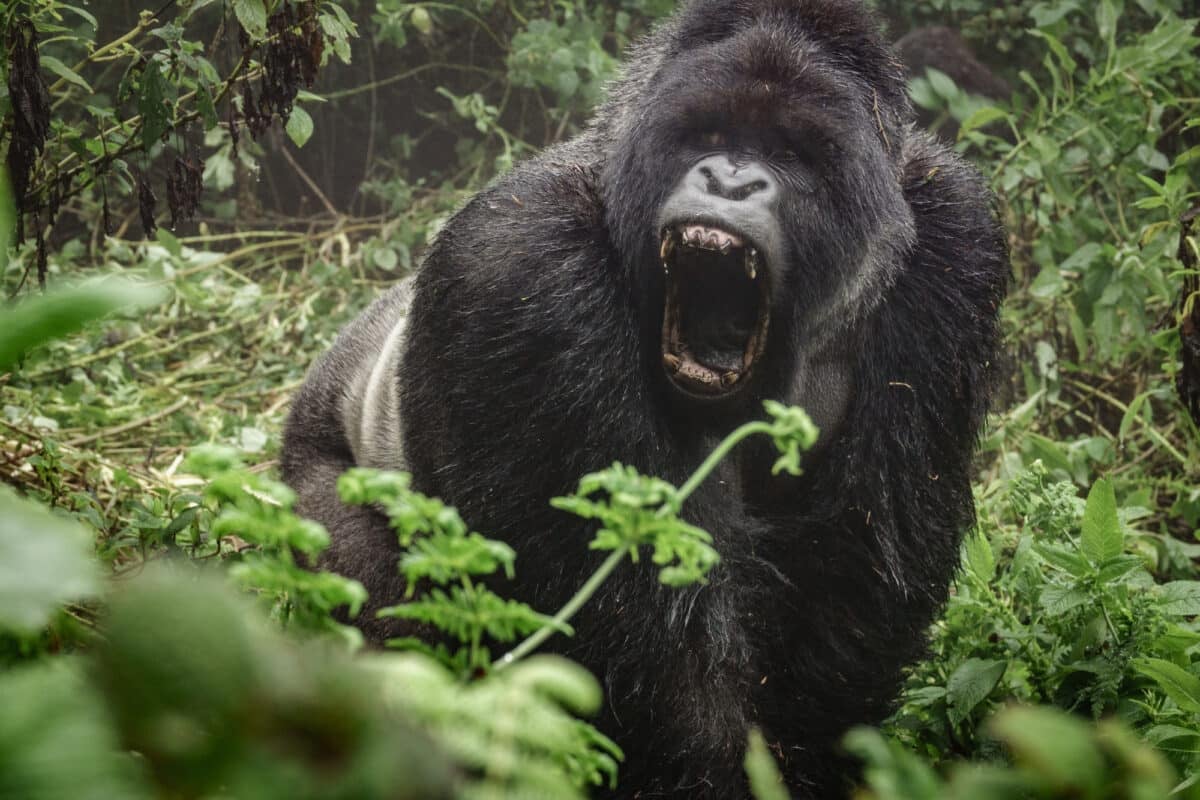
Gorillas are giant apes and the most powerful among primates, belonging to the family Hominidae, which also includes humans, chimpanzees, and orangutans.
Adult male gorillas, known as silverbacks, can grow up to 180 kg in weight and stand up to 1.8 meters tall on two legs. Female gorillas are much smaller, weighing around 100 kg and standing 1.5 meters tall on two legs.
Apart from their size, gorillas are easily recognized by their distinct black or dark brown hair all over their body, except for their face, palms, and soles of their feet, which are hairless. They also have broad chests and long, muscular arms, allowing them to walk on all fours.
Gorillas have a herbivorous diet, mainly comprising leaves, fruit, and stems, and their large, formidable jaws and teeth are ideally suited for grinding and crushing fibrous plant materials.
Check out: Gorilla Vs. Cheetah.
Cape Hunting Dog
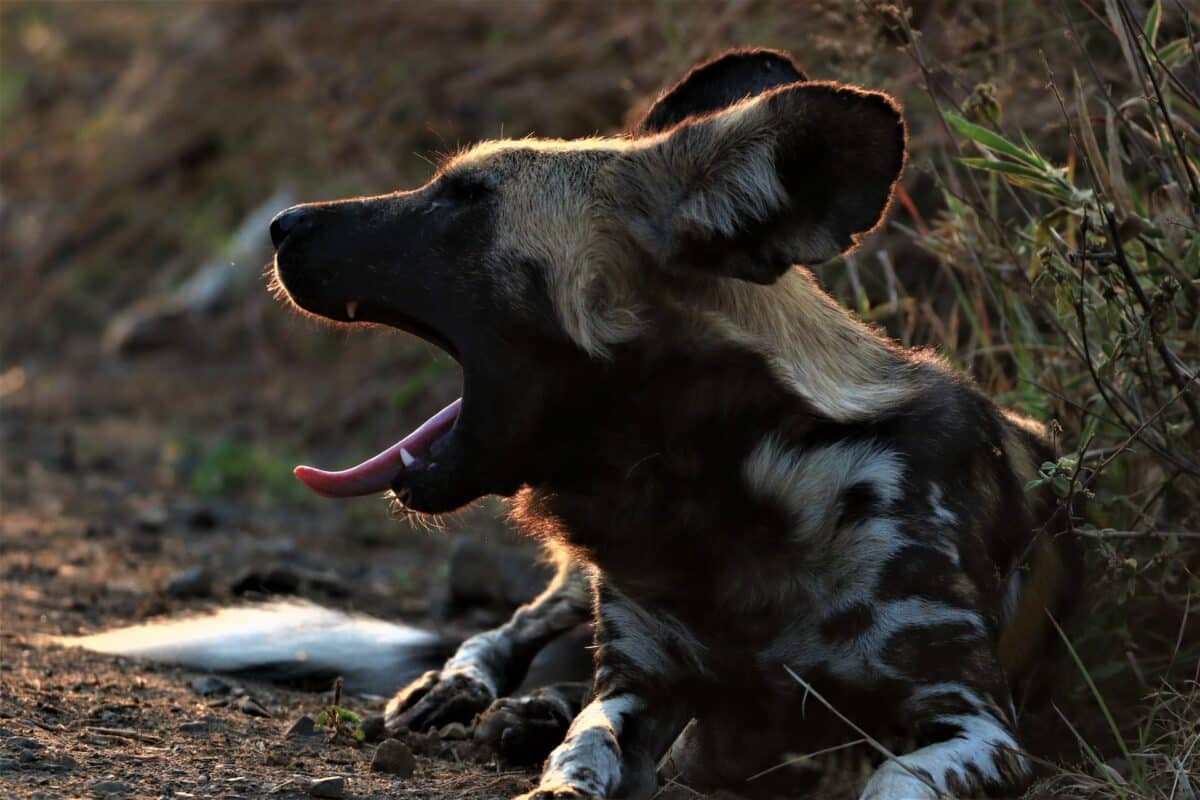
The Cape Hunting Dog is a carnivorous mammal from the Canid family. It is easily recognized by its distinctive patchwork fur, composed of blotches of black, brown, and white. The Cape Hunting Dog weighs between 20 to 30 kg. It also grows up to 75 centimeters in height at the shoulder, with a length of up to 100 centimeters.
Notably, the legs of the Cape Hunting Dog are longer than other dogs of its size, which makes them excellent endurance runners. They also have large, rounded ears and long, slender tails with white tips.
Cape Hunting Dogs are equipped with sharp teeth and jaw muscles that can tackle even large prey like antelopes, which form the primary part of their carnivorous diet.
Behavioral Characteristics
Gorillas
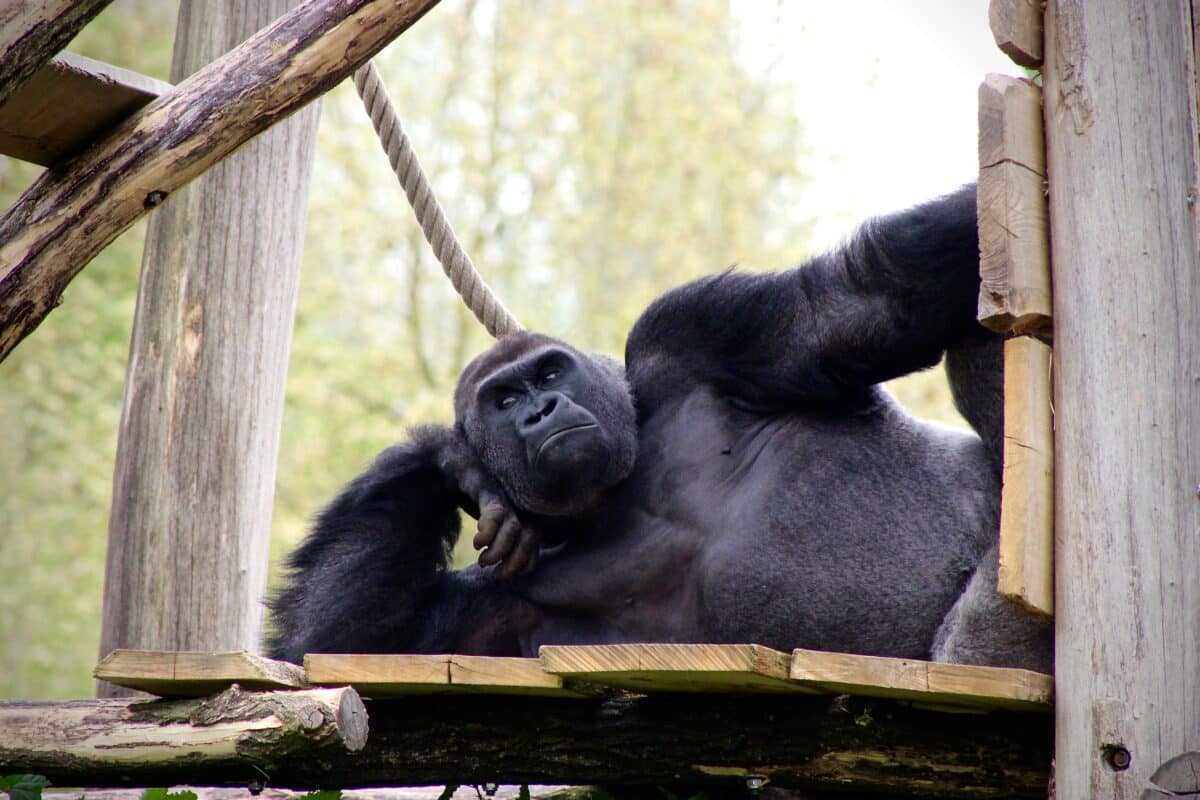
Gorillas are known for their incredible social behavior, living in groups called troops or bands, which consist of multiple females and their offspring, as well as a dominant silverback male. Their communication is complex and multi-faceted, consisting of vocalizations and body language. Gorillas use vocalizations such as grunts, barks, and roars to communicate with each other and establish dominance and defend their territory.
Body language is equally essential for gorillas, with facial expressions, postures, and gestures all being used to convey different messages. For example, a gorilla may beat its chest and charge toward another gorilla to show its dominance, while a submissive gorilla may crouch down or make eye contact with its head lowered.
Cape Hunting Dogs
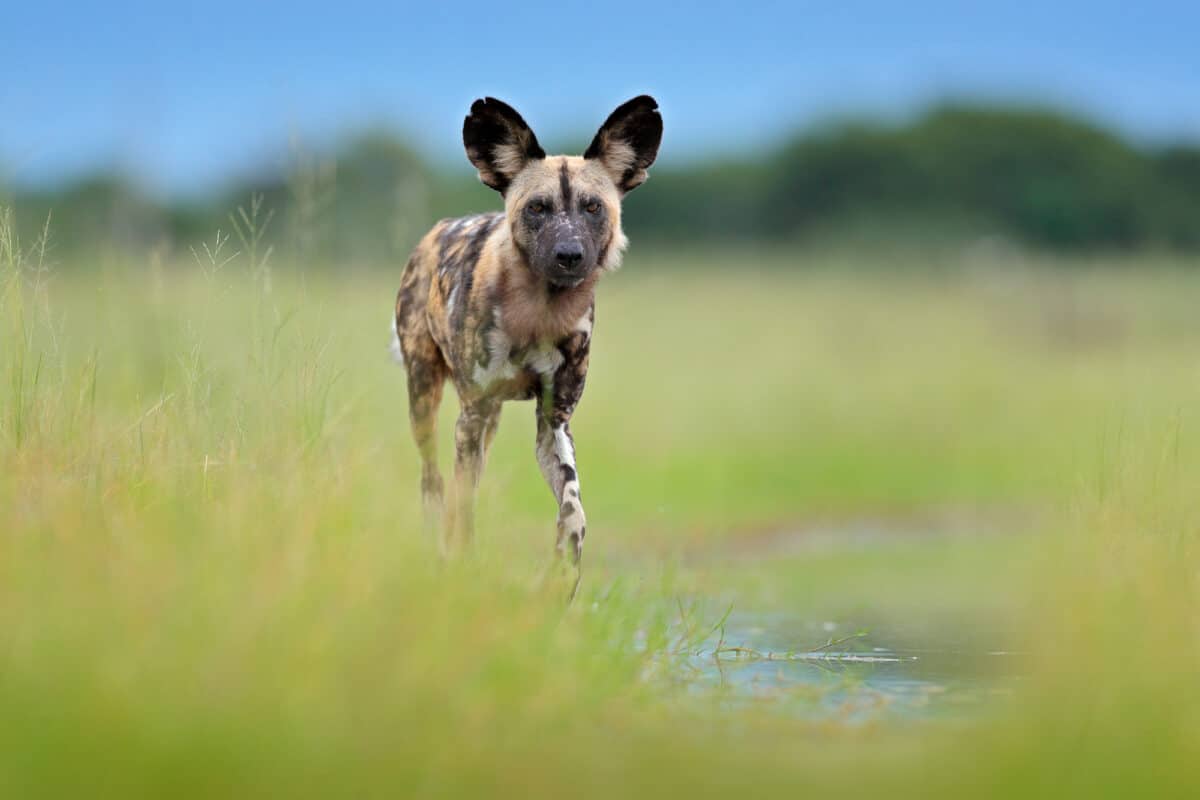
Cape-hunting dogs are also known as African wild dogs. They are incredibly social animals that live in packs ranging from a few individuals to over 30. Their communication is complex and diverse, with vocalizations that include whistles, hoots, and growls. This also includes body language such as tail-wagging and ear-posturing.
The family structure among Cape hunting dogs is also highly structured, with packs being led by a dominant breeding pair. The breeding pair produces offspring and maintains the group’s cohesion, while other members assist with hunting and rearing the young. Packs are close-knit, with members of the same sex often grooming each other to reinforce social bonds.
Habitat and Distribution
Gorilla
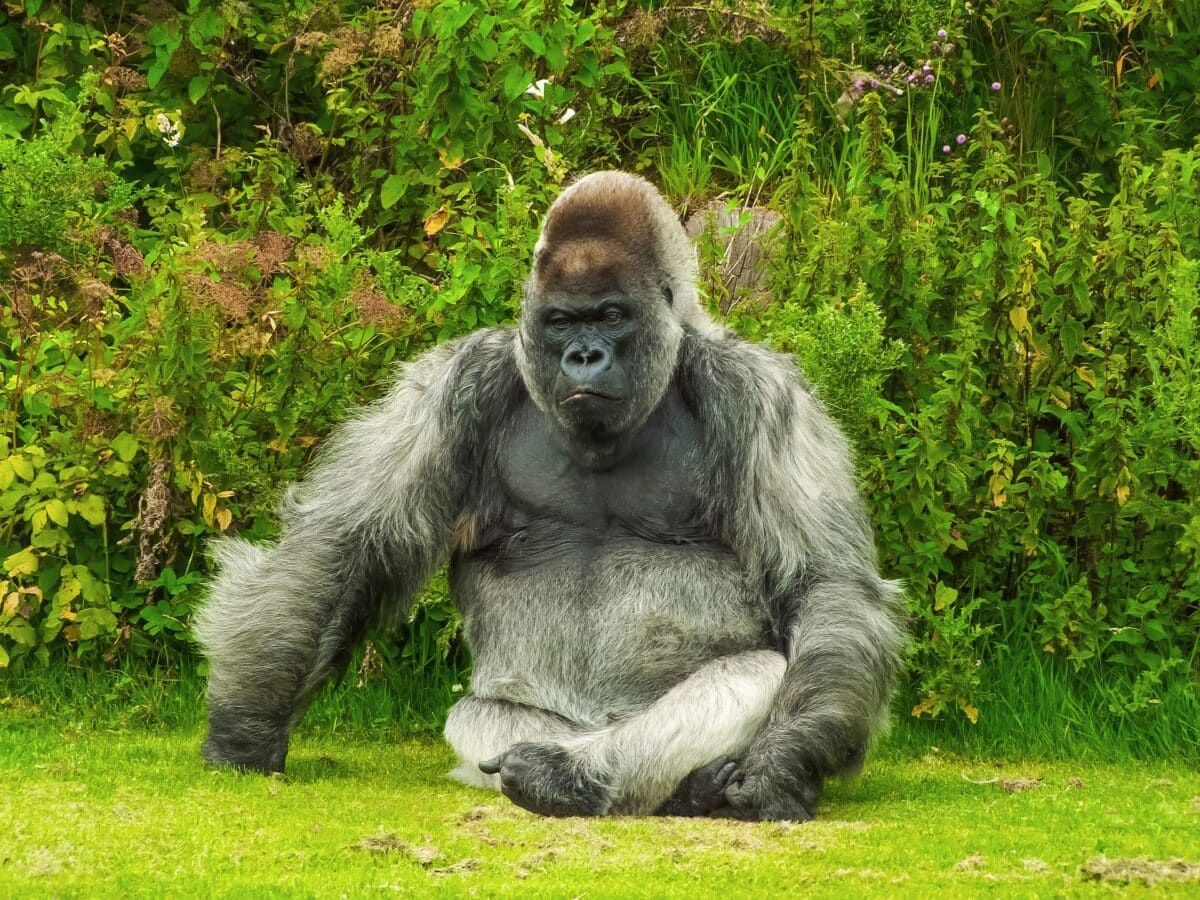
Gorillas are one of the largest primates and are widely dispersed in Africa. These majestic creatures are classified into two species, the Eastern gorilla and the Western gorilla.
Firstly, the Eastern gorilla (Gorilla beringei) is found in the highlands of Rwanda, Uganda, and the eastern Democratic Republic of Congo (DRC). In contrast, the Western gorilla (Gorilla gorilla) is found in Cameroon, Nigeria, Gabon, Congo, and Central Africa.
Furthermore, gorillas primarily inhabit rainforests and montane forests with elevations ranging from 2000 to 4000 meters above sea level. Moreover, the climate in these areas is equatorial, humid, and hot, which sustains the lush green forests with an annual rainfall of 1,500 to 2,300 mm.
Cape Hunting Dog
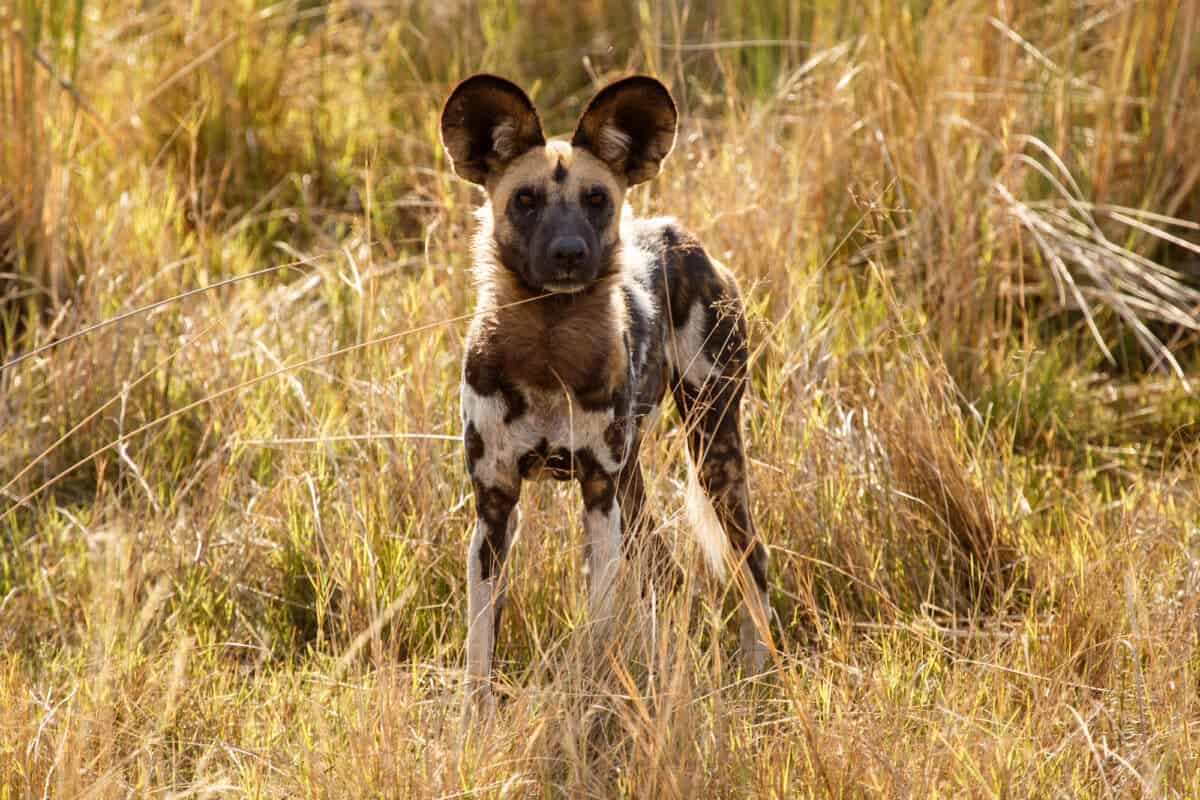
Also known as African wild dogs, Cape hunting dogs are a canine species endemic to sub-Saharan Africa. These dogs are highly social, pack-living hunters that hunt their prey cooperatively.
Cape hunting dogs are found mainly in sub-Saharan Africa’s savannas, grasslands, and woodlands. They are also characterized as one of the widest-ranging mammals, with populations in over 39 African countries.
Cape hunting dogs thrive in various climatic conditions, from hot arid savannahs to humid forests. These dogs require large areas of prey-rich habitats and are, therefore, found in regions with a high density of ungulate populations.
Threats and Conservation
Gorillas
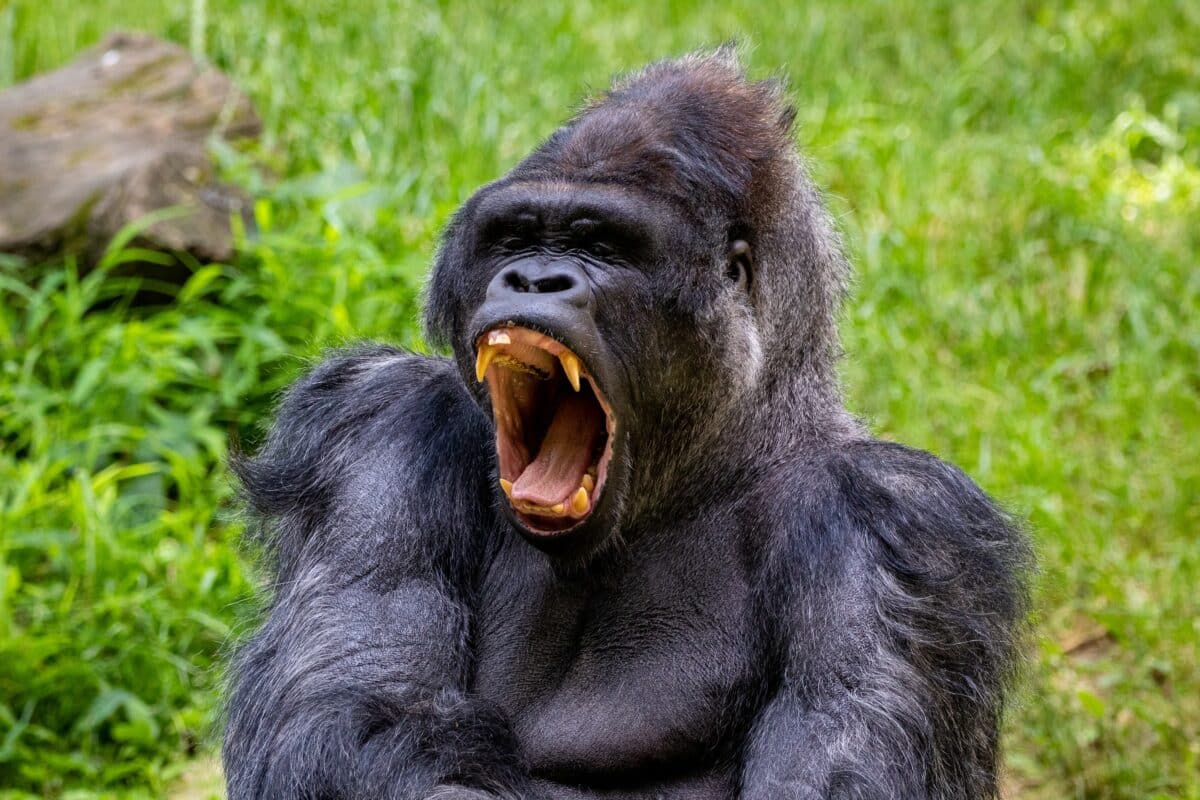
There are several threats to their survival, with poaching and habitat loss being the most significant.
Firstly, poaching remains a constant threat. Due to the fact gorillas are being killed for their meat, considered a delicacy in some parts of the world. Additionally, gorillas are captured and traded as pets or for entertainment, with some individuals ending up in zoos and circuses.
Habitat loss is also a significant concern, with the destruction of forests being the leading cause. Generally, deforestation is driven by the need for land for agriculture and logging, mining, and urbanization.
Cape Hunting Dogs
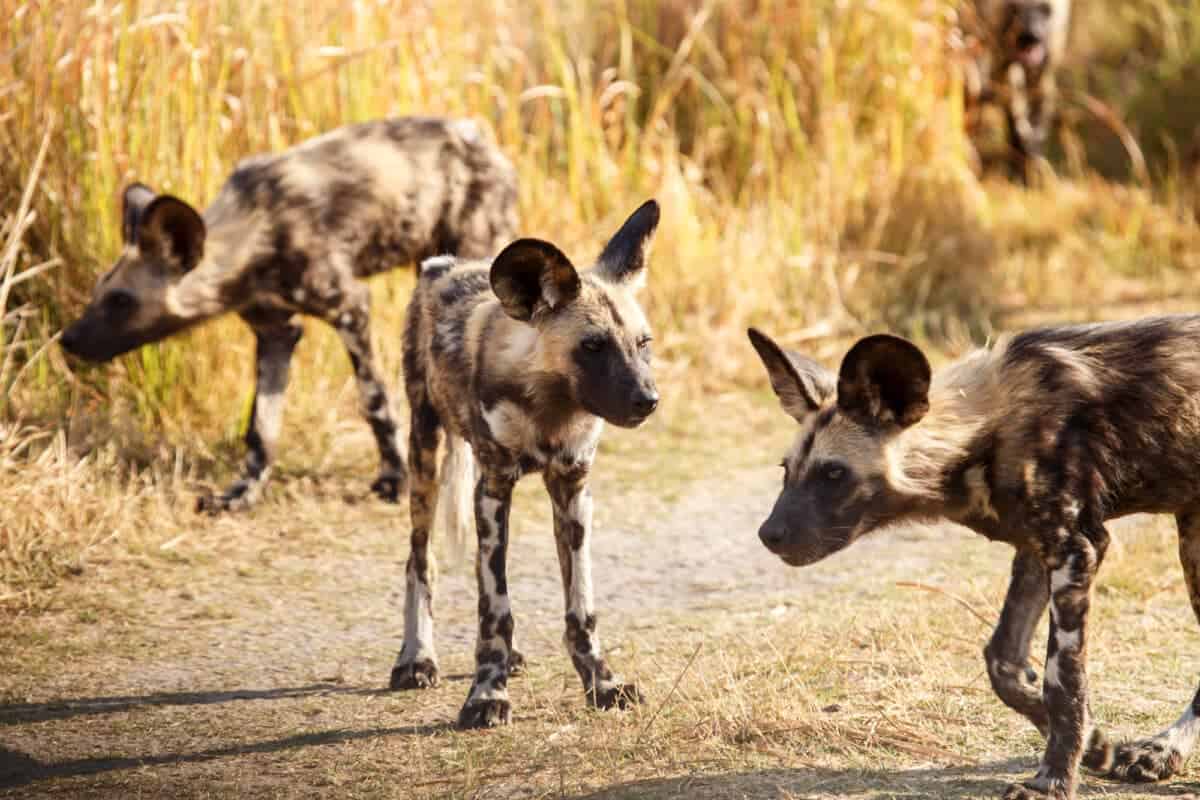
This animal is another critically endangered species threatened by poaching and human-wildlife conflict. They are a unique species with a distinct appearance, characterized by their signature yellow, black, and white coat pattern.
Cape Hunting Dogs are often killed by local farmers and ranchers, who view them as threatening livestock. Therefore, human-wildlife conflict is another significant threat to this animal.
As a result, as human populations expand and encroach on their natural habitats, they come into more substantial contact with these animals. This then increases the likelihood of conflict, leading to incidents of retaliation against the dogs.
Key Points
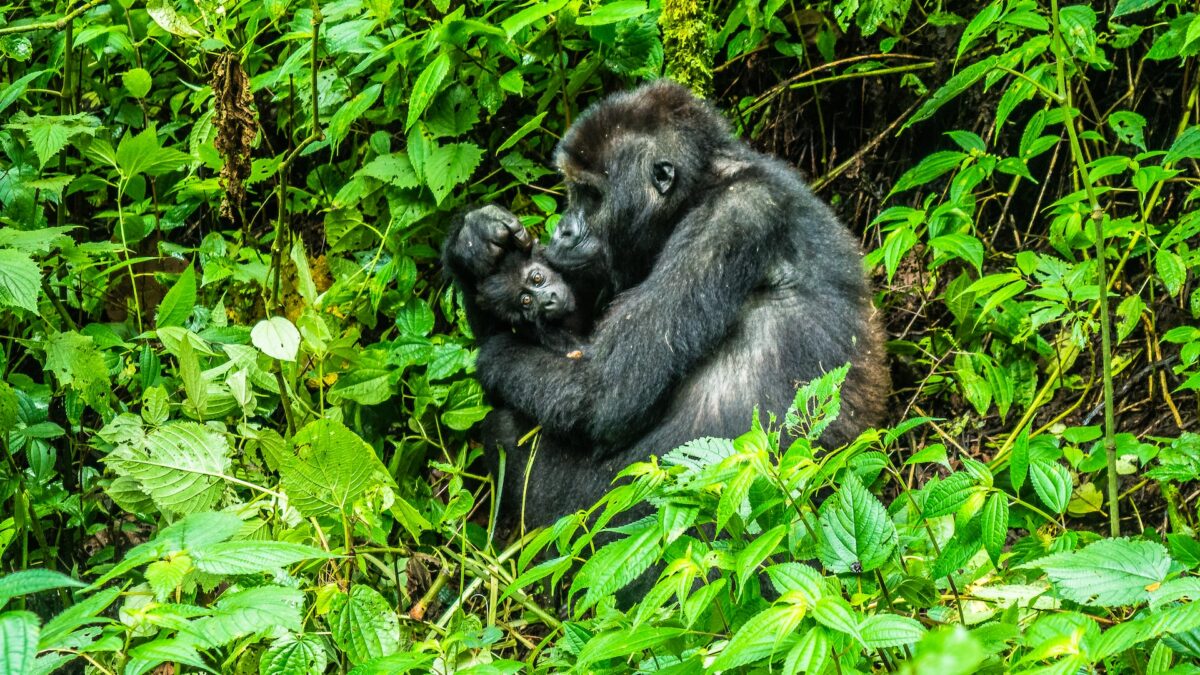
| Despite their differences in size, the gorilla and Cape Hunting Dog share some common physical traits which enable them to thrive in their respective natural habitats. |
| Both animals have elongated limbs adapted to their lifestyles- gorillas climb trees, and Cape Hunting Dogs chase prey. |
| They are also both covered in hair or fur that protects them from the elements and adds additional protection from possible injuries. |
| Gorillas and Cape Hunting Dogs also have powerful jaws, with the former adapted for grinding thorny vegetation while the latter can exert incredible bite force to take down prey. |
| Both rely heavily on their physical prowess to survive, and their ability to adapt to complex environments is a testament to their remarkable adaptability and uniqueness in the animal kingdom. |
Bottomline
In conclusion, gorillas and Cape hunting dogs have unique habitat requirements and distribution patterns that must be considered in managing their conservation status to ensure their survival for future generations.
Furthermore, threats to gorillas and Cape Hunting Dogs are significant, with poaching and habitat loss being the biggest concerns. However, conservation organizations have made remarkable strides in protecting these species, with some populations stabilizing or even increasing.
Therefore, by continuing these efforts, we can ensure that gorillas and Cape Hunting Dogs will remain integral to our planet’s biodiversity for generations.
Thanks for reading along! If you enjoyed this article, check out these related links: Clash Of The Titans: Gorilla versus the Black Rhinoceros, Gorilla and the Brown Bear, and Wild Showdown between the Gorilla and the Bighorn Sheep.
Join our Forum for free today!

- Huge Pet Bison Breaks Into House - July 22, 2024
- Giant Black Bear Surprises Beachgoers by Emerging from the Ocean in Florida - July 22, 2024
- Brave Man Plays Instrument While Huge Bear Caresses His Shoulder - July 22, 2024

